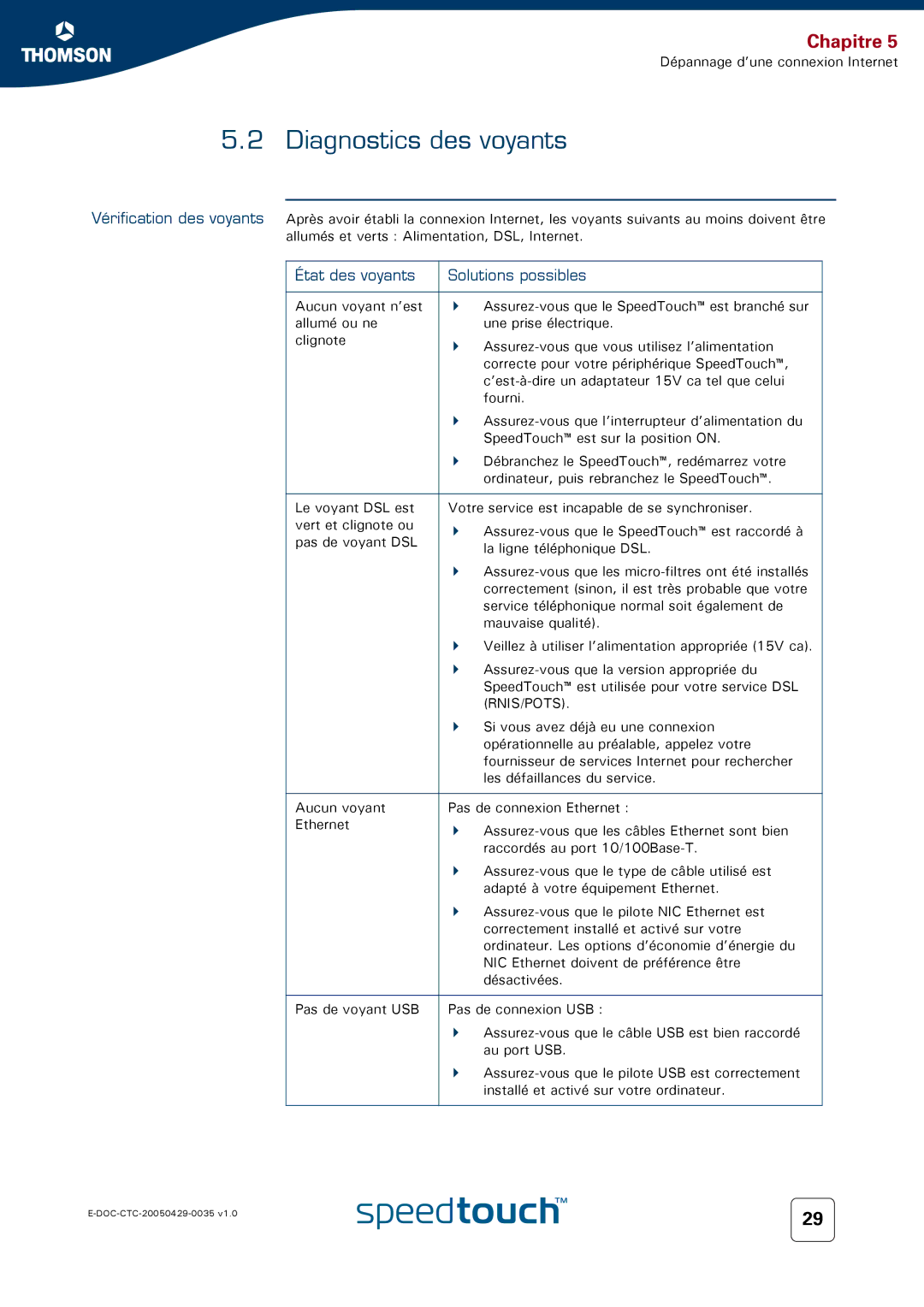536 specifications
The Technicolor - Thomson 536 is an innovative equipment model widely recognized within the broadcasting and media production industry. As part of the Technicolor lineup, it reflects the company's commitment to delivering high-quality video solutions that cater to the evolving needs of professionals in the field.One of the main features of the Thomson 536 is its exceptional video processing capabilities. It supports high-definition formats, allowing for stunning clarity and detail in broadcasted content. This is particularly advantageous for applications in television broadcasting, film production, and post-production, where image quality is of utmost importance. Users can expect vibrant colors and sharp resolutions, which enhance the overall viewing experience.
The design of the Thompson 536 incorporates advanced technologies that streamline workflows and improve efficiency. The integration of real-time processing reduces latency, ensuring that live broadcasts maintain synchronization between audio and video. This is crucial in environments such as news studios and live events, where timing is essential. Additionally, it features user-friendly interfaces that enable operators to manage complex tasks with ease, minimizing the learning curve for new users.
Another noteworthy characteristic of the Thomson 536 is its versatility. It accommodates various input and output formats, making it compatible with a wide range of cameras, displays, and storage systems. This adaptability is invaluable for production teams that often work with multiple technologies and formats, ensuring smooth transitions between different stages of production.
Furthermore, the Thomson 536 is built with reliability in mind. It is designed to withstand the rigors of constant use in broadcast environments, ensuring longevity and performance consistency. The robust construction and high-quality components contribute to minimizing downtime, allowing professionals to focus on their creative processes without interruption.
In conclusion, the Technicolor - Thomson 536 is a high-performance tool that stands out in the competitive landscape of broadcasting technology. Its powerful video processing capabilities, real-time performance, versatility, and reliability make it an essential addition for professionals seeking to produce high-quality content efficiently. As media creation continues to evolve, the Thomson 536 remains a key player, supporting creative visionaries in bringing their ideas to life.

